It’s Not Just Because Kids Love Them
I got this sweet note on the last day of kindergarten. There’s no question that my kiddos love choice time centers, or Discovery Centers, as we call them. They tell me all the time.

But that’s not the reason I use them. It’s just a bonus.
Here are 6 reasons why I make choice time centers part of our daily routine (And why I think you should too!)
The Big Benefits of Choice Time Centers
Flexibilty: This type of center is open-ended, which means there are endless ways for children to use the materials found there. No need for “can do” and “must do” activities, early finisher tasks, or complicated rotational charts. And because there are multiple ways to use the materials, there is no need to change them out on a regular basis. You can add or remove materials at any time, but only if you see the need. In my first years of teaching, the block center just had a wooden set of unit blocks for the entire school year. And there was always continued interest in working there.
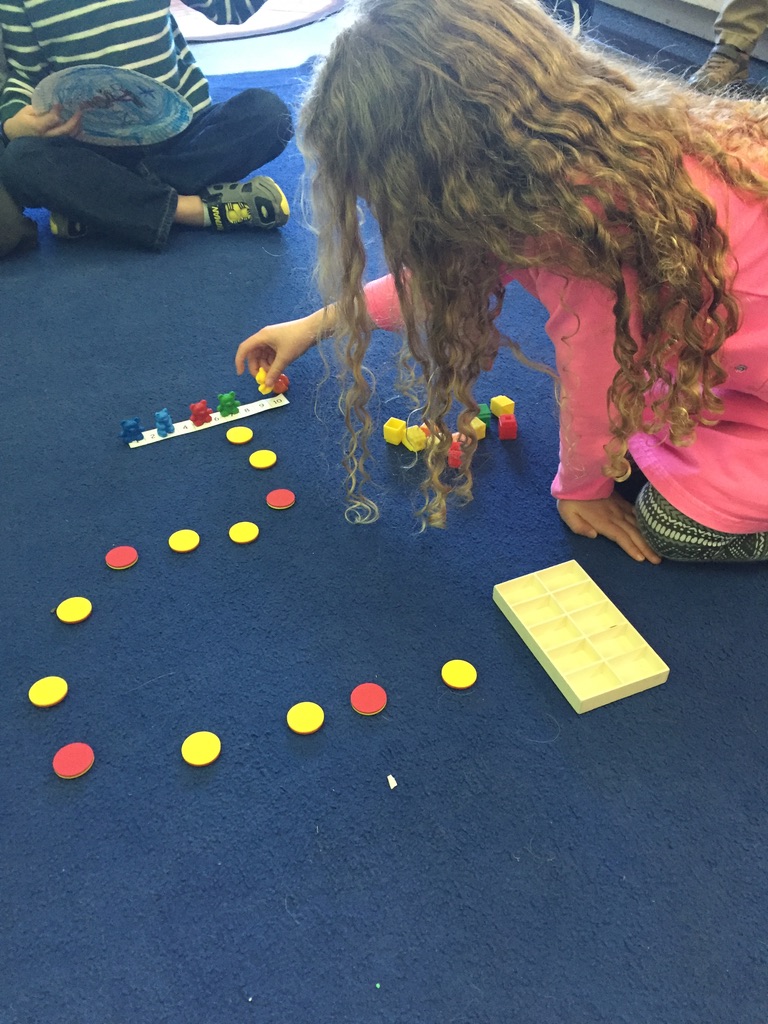
Students’ Interests: Because children are choosing where to work, which materials to use, and what to do with them, you’ll get to know their interests from day one. This is important to help you establish relationships with your kids and provides opportunities for you to incorporate their interests into your teaching, creating a more student-centered environment.

Creativity: The flexibility of the materials leads children to be creative and use their imaginations. Creativity is often a downplayed skill and thought only important for “artsy” types, But you only have to look at what businesses (or teachers for that matter) were forced to do during the pandemic to see how using creativity to solve problems can be a crucial skill for any young person to develop.
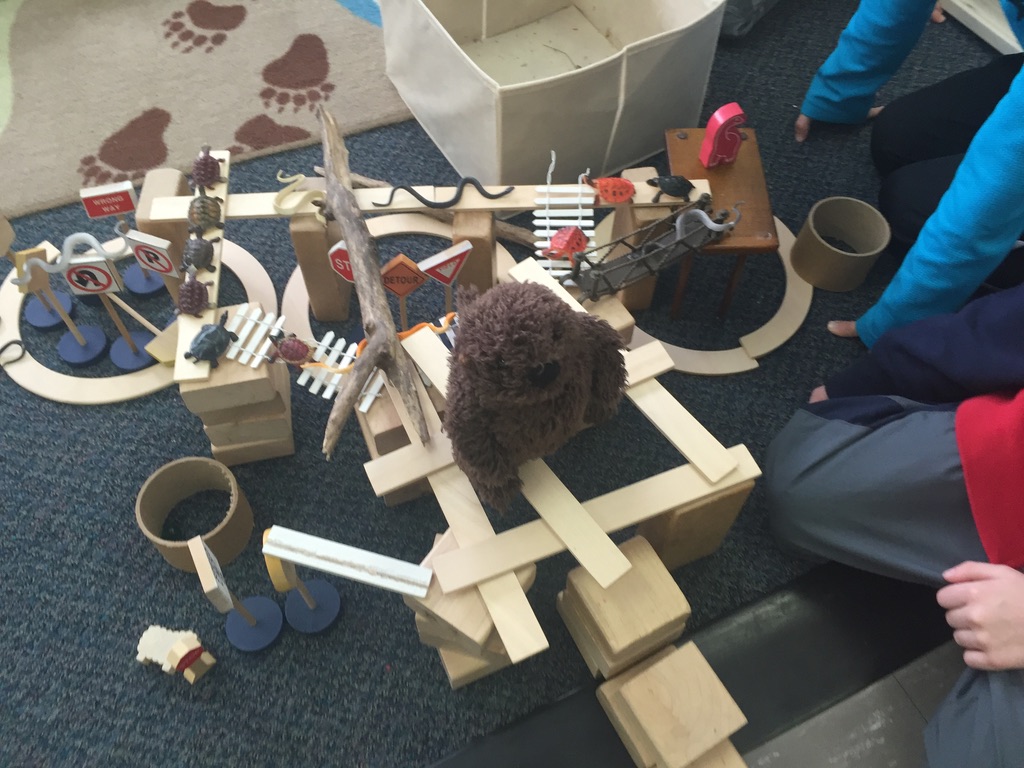
Social Skills: We all know it’s important for children to build social skills in kindergarten, but often find it difficult to devote time to it in our day. Choice time centers naturally provide opportunities for kids to collaborate and work together. They provide an authentic, consistent time for you to observe how children solve their own problems as well as teach into conflicts as they arise. You can also use this time to recognize and highlight the positive behaviors that children display.
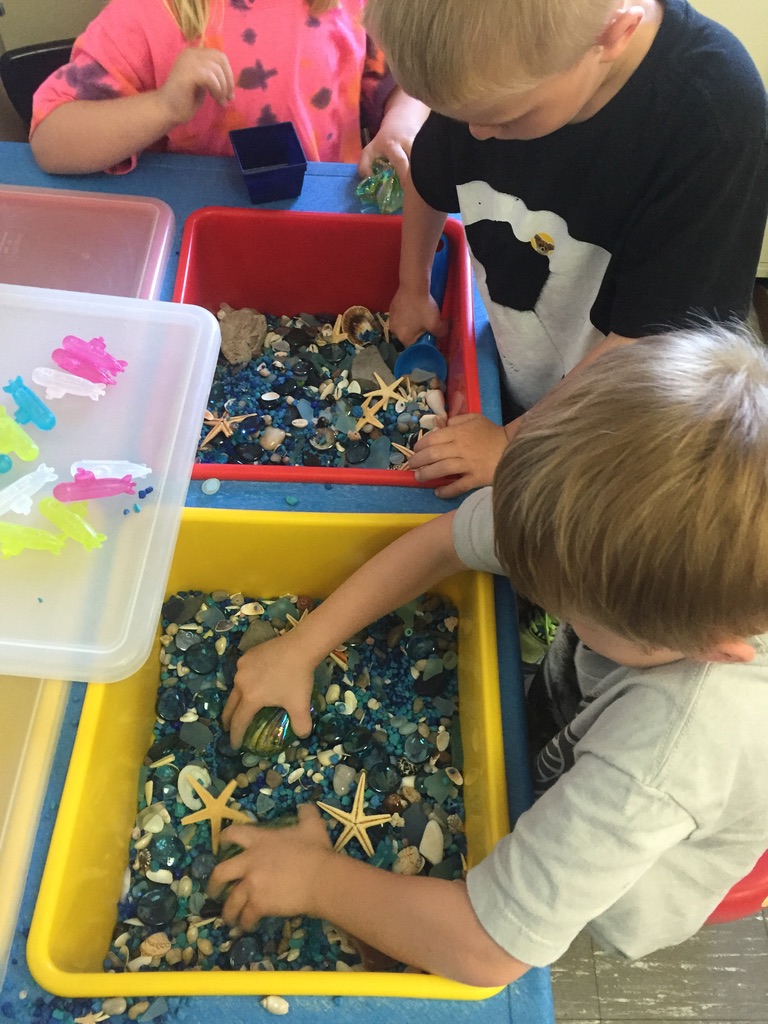
Managability: Because kids are working with open-ended materials, following their interests, using their creativity and imagination, and collaborating with friends, they are highly engaged. And because they are highly engaged, you will have less disruptions and behavioral issues, and your classroom will be a joyful, productive place to be.
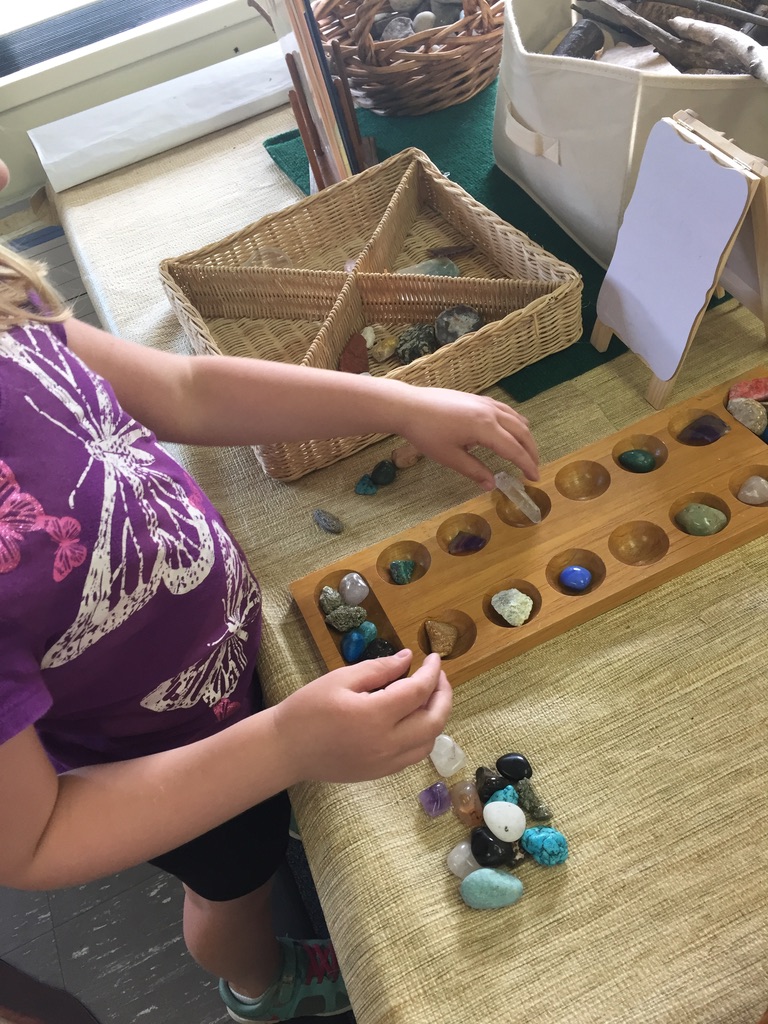
Skills: At this point, you may be thinking, yes, that all sounds great, but do they help kids build important kindergarten skills? Absolutely! In addition, to creativity and social skills, they naturally build fine motor skills (no extra fine motor tubs needed), critical thinking skills, and provide lots of opportunities for reading and writing in authentic contexts. In addition, you can intentionally bring materials into centers to target specific skills children are working on. For example, during our measurement unit, I make the balance scales, measuring cups, tape measures, and more available for children to use during choice time. They get to choose what to measure and can record and report to the class the length, weight or volume of objects in the classroom.

Ready to Get Started?
Hopefully, the benefits I’ve shared here, have convinced you to give choice time centers a try!
If so, move onto the nitty gritty, by checking out these posts:
Room Tour: Play-Based Centers for Kindergarten Choice Time
3 Ways to Add Materials to Your Kindergarten Play Centers
Launching Choice Time Centers at the Beginning of the Year
 And download this FREE set of Discovery Center Month-By-Month Calendars, that will help you plan a variety of activities for 7 developmental centers. Each calendar is color-coded by center, includes 25 ideas for each month of the school year, and has clickable links for each activity.
And download this FREE set of Discovery Center Month-By-Month Calendars, that will help you plan a variety of activities for 7 developmental centers. Each calendar is color-coded by center, includes 25 ideas for each month of the school year, and has clickable links for each activity.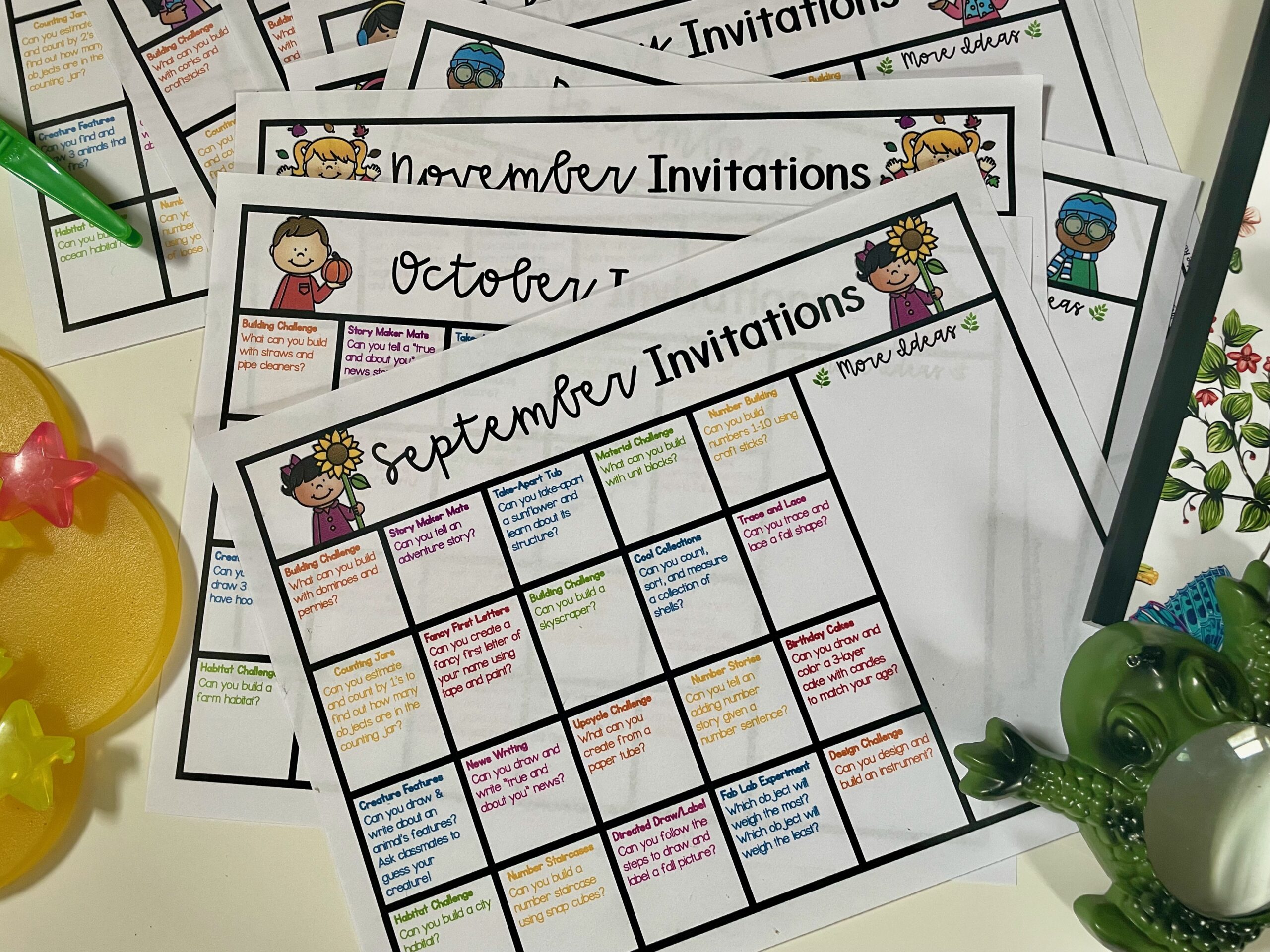 For more ideas on classroom set up and centers, check out the Growing a Learning Space category inside the Roots & Wings Resource Library.
For more ideas on classroom set up and centers, check out the Growing a Learning Space category inside the Roots & Wings Resource Library.


 Curious Classroom Book Study: Check Our News Feed
Curious Classroom Book Study: Check Our News Feed Moving From Themes to Project Based Learning in Kindergarten
Moving From Themes to Project Based Learning in Kindergarten Using a Workshop Model to Teach Future-Ready Skills in Kindergarten
Using a Workshop Model to Teach Future-Ready Skills in Kindergarten Wind Walk Adventures & Activities
Wind Walk Adventures & Activities